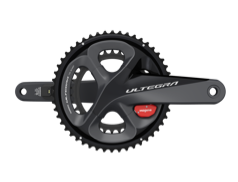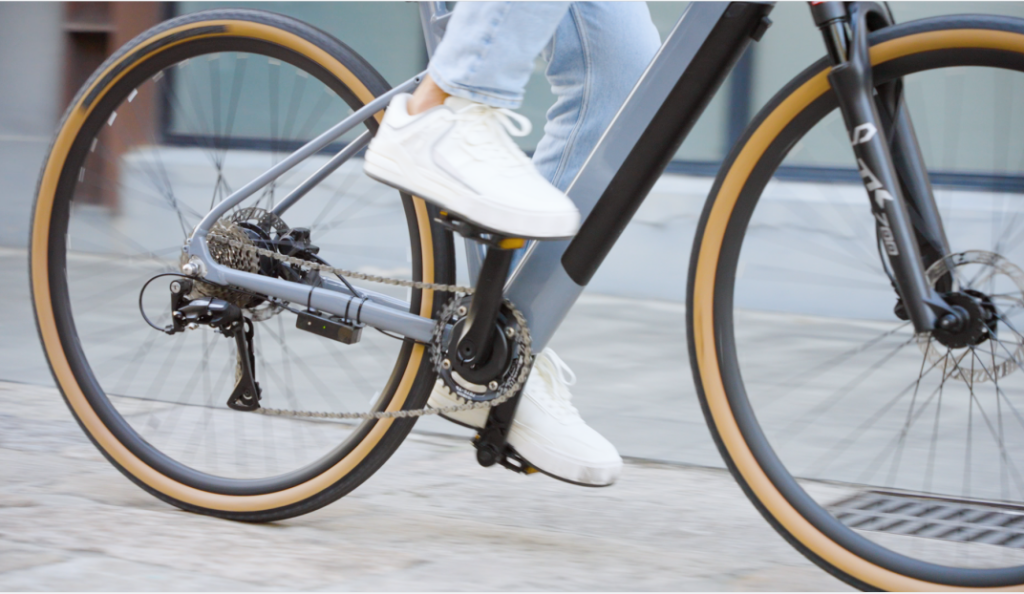ED20: Upgrade your cycling experience at a quite small cost
Unlike the traditional eBike system that uses mechanical finger shifting, Magene includes electronic shifting for the first time. ED20 can be integrated into your eBike system through wired connection and powered by the eBike battery. The performance will be more stable through a wired connection and can improve the cycling experience significantly at a very small cost.
The ED20 small-volume wire actuator solution can realize gear shifting via buttons, which can effectively reduce finger fatigue or pain and is more accurate. Moreover, the handlebar is more concise by removing the mechanical shifting. The product is small in size, easier to install and hide, and the cycling experience can be upgraded without any bike modification.
In addition, ED20 electronic shifting is also an excellent choice for users or clients who want to improve the riding experience at a low cost. Compared with a direct electronic drive, the cost of the small volume wire actuator can be reduced by 80%, greatly reducing the upgrade cost. As a separate component, the ED20 is also very convenient to disassemble and use and can be installed in any position of the eBike, or hidden in the bike frame.
For more information, please contact sales@magene-bd.com









